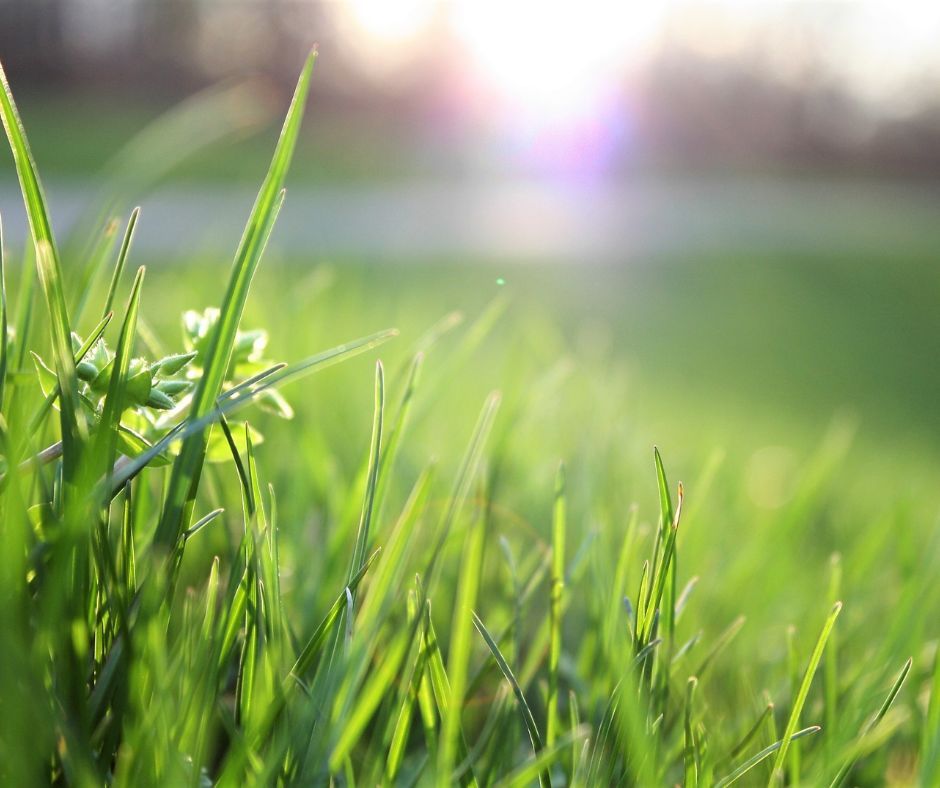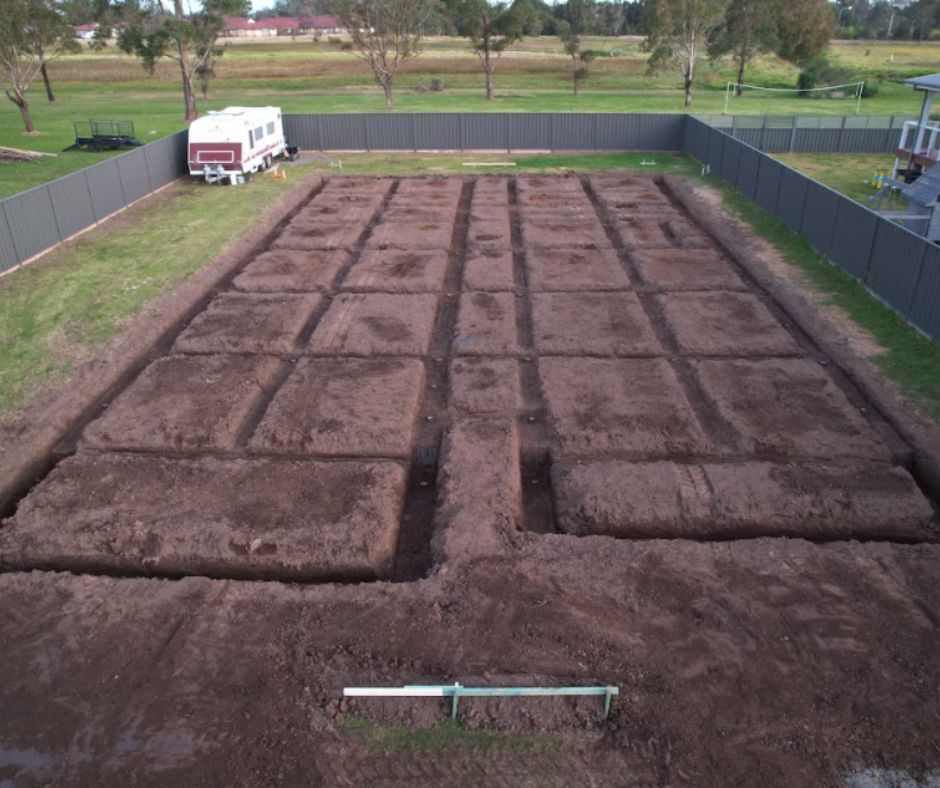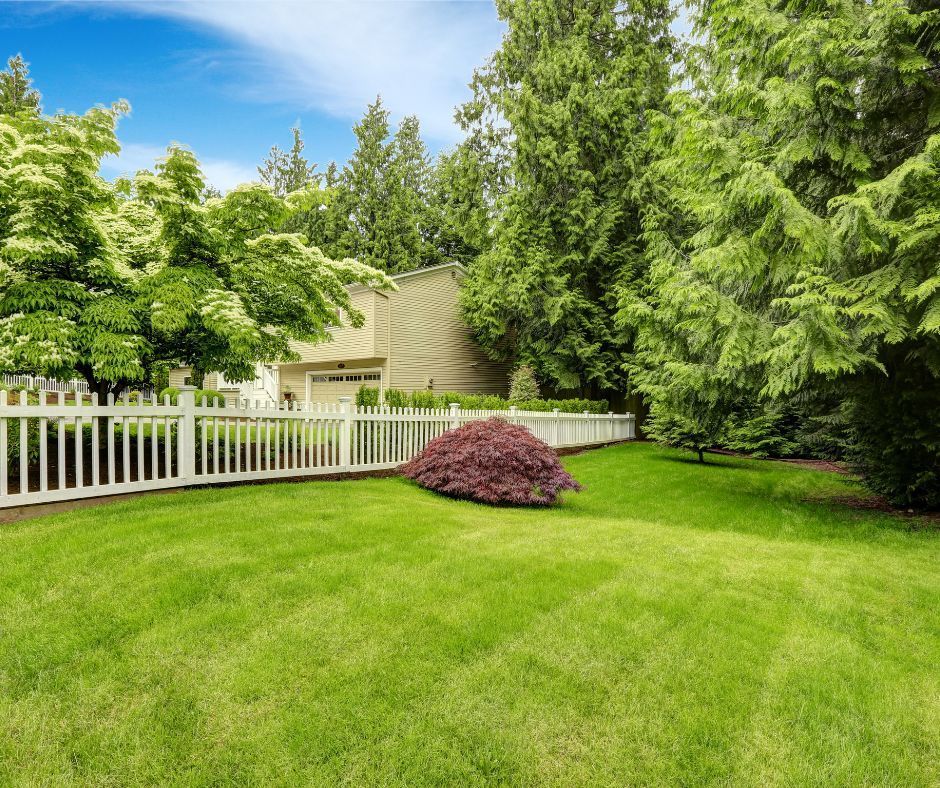Soil Types for Screw Piling: How It Affects Your Foundation
You might be planning your construction project right now and are thinking of utilising screw piling. However, you may be wondering if your soil type is suitable for this method. It's important to ask this question because understanding soil types for screw piling is essential for ensuring solid foundations.
Screw piles are fantastic for quick, eco-friendly, and cost-effective foundations, but their stability hinges on the soil they anchor into. The right soil ensures your structure stands the test of time, avoiding issues like shifting and settling.
Let’s understand the different soil types and how they affect your screw piling’s durability and stability. We'll also provide a guide on the importance of knowing the different types of soil for screw piers.
Understanding Soil Types for Screw Piling
To understand screw piles simply, these are deep foundation systems that support structures by anchoring into the ground, much like a giant screw. With their spiral blades, they are screwed into the soil, creating a strong and stable foundation. They are ideal for various construction projects due to their quick installation, environmental friendliness, and versatility in different ground conditions.
Not all soils are created equal, and this diversity affects how screw piles perform. Soils can be broadly categorised into several types: clay, sand, silt, loam, and gravel. The soil's properties determine how easily screw piles can be installed and how well they will perform over time.
Importance of Knowing the Types of Soil for Screw Piers
Understanding soil type is crucial for screw piling in construction projects. Soil characteristics such as load-bearing capacity, drainage, and stability under pressure play a significant role in determining the effectiveness of screw piles. This knowledge ensures that screw piles are installed correctly to support structures effectively over time.
The soil's characteristics directly affect your foundation's structural integrity. Factors like density, moisture content, and composition determine how well screw piles anchor and resist forces. Poor soil conditions can cause settlement, uneven weight distribution, and structural failure. Thus, assessing soil characteristics beforehand helps in making informed decisions for the design and installation of screw piles.
Different Soil Types for Screw Piling
When it comes to screw piling, the type of soil you're working with makes all the difference. Let's explore the main types of soil for screw piers.
Clay
Clay soils are known for their fine particles and high plasticity. They exhibit significant changes in volume with moisture content, swelling when wet and shrinking when dry.
Sand
Sandy soils consist of larger, coarser particles that allow for excellent drainage but offer less cohesion compared to clay. This means they don't swell or shrink with moisture changes as much as clay does.
Silt and Loam
Silt and loam soils are intermediate in texture, offering a balance between the properties of clay and sand. Silt particles are fine and can retain moisture, leading to moderate shrink-swell behaviour. Loam offers good drainage and nutrients, making it suitable for agriculture and stable for construction.
Gravel
Gravel soils are composed of coarse particles, offering excellent drainage and minimal shrink-swell behaviour. These characteristics make gravel a stable base for screw piling, as it provides high frictional resistance and good load distribution.
How Different Types of Soil for Screw Pier Affect Implementation
The load-bearing capacity and stability of screw piles are significantly influenced by the type of soil in which they are installed. Understanding how different soil types for screw piling affect implementation is important for ensuring stable and reliable foundations.
Here’s how each soil type influences the installation process and load-bearing capacity:
Clay
The high cohesion property of clay soils offers good lateral resistance which enhances load-bearing capacity. However, the shrink-swell behaviour poses a risk to the stability and necessitates expert planning and deeper installation to ensure strong anchorage.
Sand
Sandy soils, with their excellent drainage and lower cohesion, rely on frictional resistance to support loads. The load-bearing capacity in sand is often determined by the depth to which the piles are driven, with deeper piles reaching more compact, stable layers.
Silt and Loam
Silt and loam provide a balanced load-bearing capacity due to their mixed texture. The moderate cohesion and frictional resistance offer reasonable support, but installers and designers must consider potential issues with moisture retention and drainage.
Gravel
Gravel, with its high frictional resistance and excellent drainage, offers strong load-bearing capacity. The coarse particles provide substantial support, making gravel an ideal soil for screw piling. However, achieving stability in loose gravel requires additional measures to ensure secure anchorage.
Get Reliable Tips about Soil Types for Screw Piling with MRN Excavations
We've explored the various types of soil for screw piers, including clay, sand, silt, loam, and gravel, and how they impact the implementation of screw piling. Each type introduces distinct challenges and factors that influence the stability and longevity of your foundation. Understanding these soil dynamics is essential for ensuring that screw piles are installed correctly and effectively support your construction project over time.
For expert screw piling advice for your Sydney property or tailored consultations for your specific screw piling needs in the Wollongong area, MRN Excavations’ Screw Piers services are here to help!
With our extensive experience in soil analysis and screw piling techniques, we can provide insights and recommendations to ensure your project’s success. Beyond soil types and screw piling, we also offer a range of services, including site preparation and excavation in the Sydney and Wollongong area.
Build your project on a solid foundation with us and we will be glad to assist you!
Reach out to us today for a consultation or quotation.



